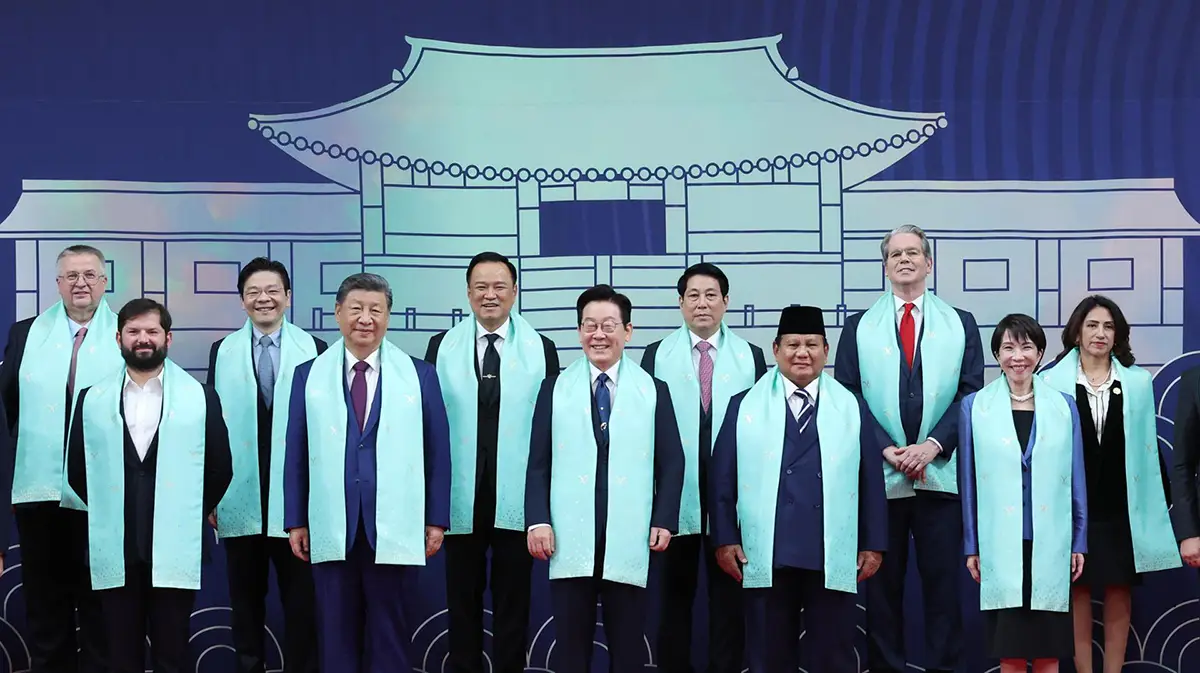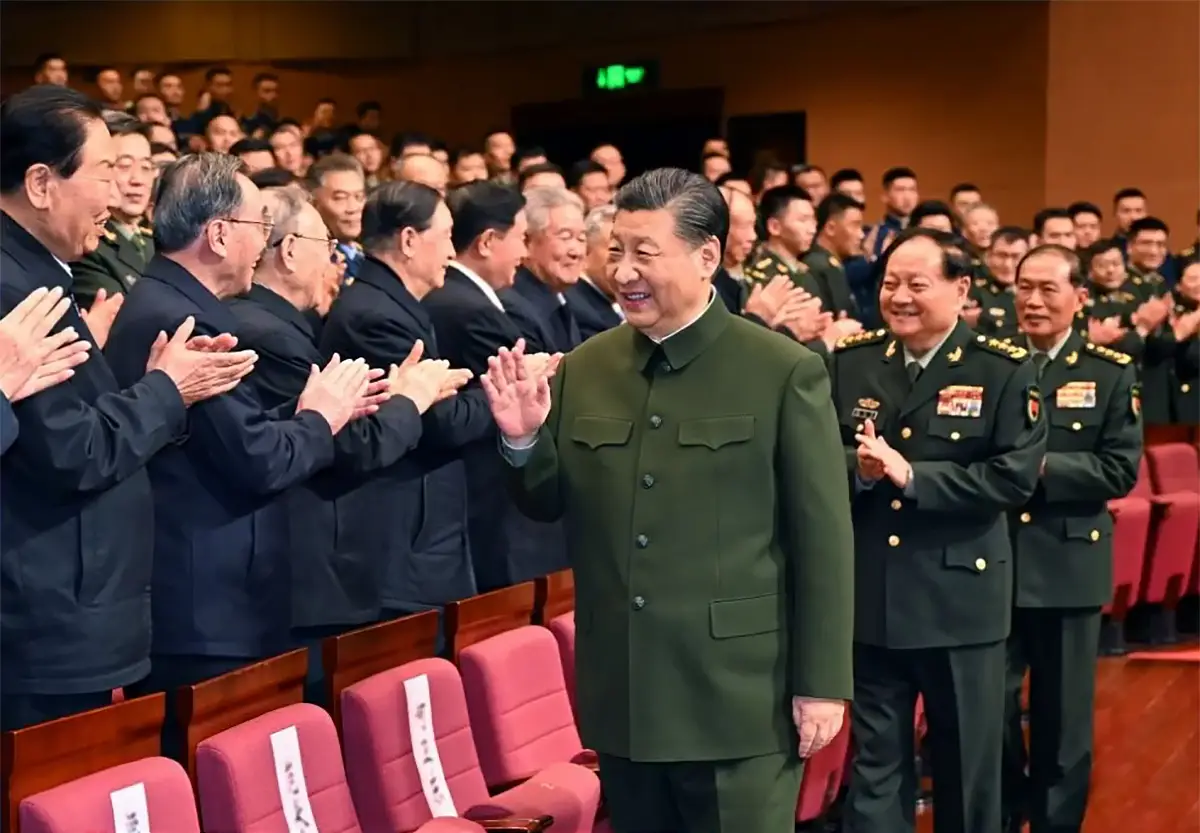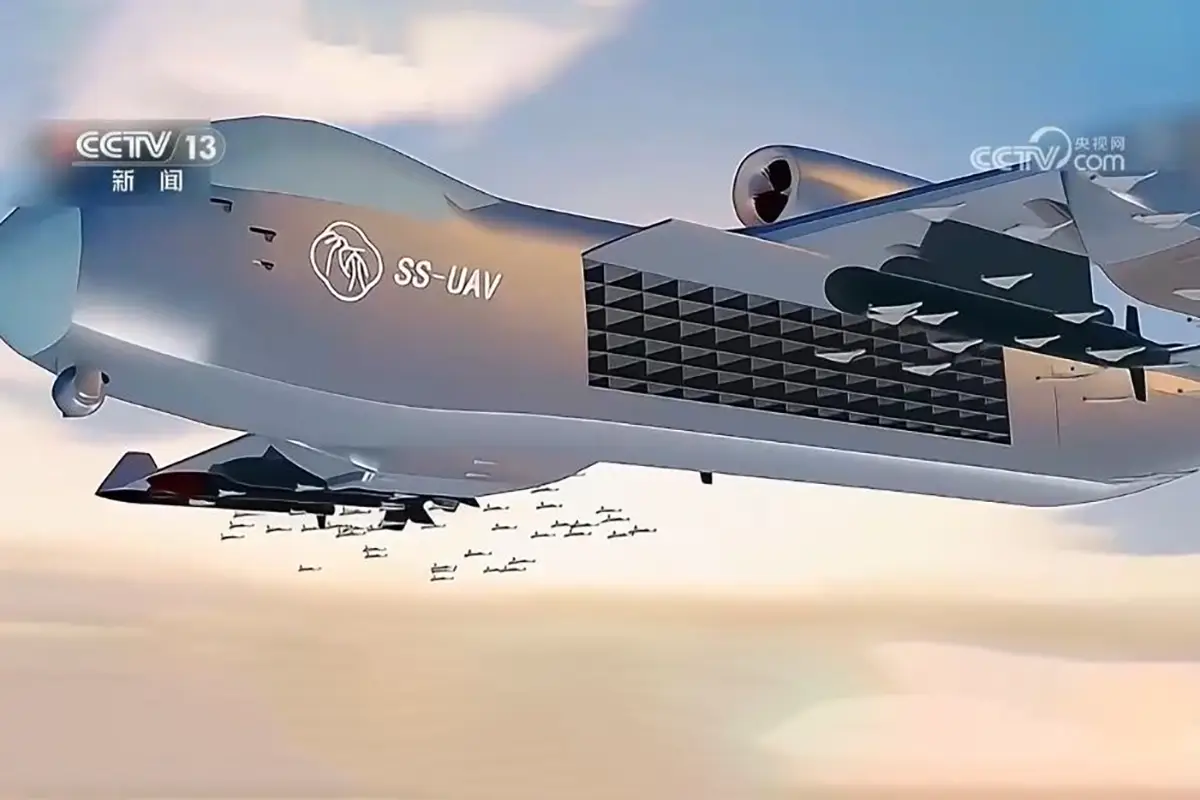On June 1, the Royal Malaysian Air Force announced that 16 People’s Liberation Army Air Force (PLAAF) aircraft, flying in “tactical formation,” had entered Malaysia’s Flight Information Region. After the Malaysian Air Force tried and failed to make radio contact with the aircraft, it scrambled two Hawk 208 fighters to intercept the formation. The PLAAF aircraft flew on over the disputed Luconia Shoals and came within 60 nautical miles of Sarawak before turning back. The Malaysian Air Force described the incident as a “serious matter that threatens national security and aviation safety,” while the country’s foreign minister, Hishammuddin bin Hussein, said it was a “breach of…Malaysian airspace and sovereignty.” A spokesperson for China’s Ministry of Foreign Affairs, on the other hand, stated “it was a routine training conducted by China's air force…. [that] strictly complied with international law and didn't enter the air space of any other country.”
The PLAAF’s June maneuver in the South China Sea is hardly China’s first maritime action targeting Malaysia. Over the last decade, China has adopted an increasingly assertive posture toward its rival claimants, including Malaysia. Most notably, since 2013 a Chinese Coast Guard (CCG) ship has been stationed near Luconia Breakers, a feature about 80 nautical miles north of Sarawak. What is notable about this incident is that Malaysia publicized it. With few exceptions , the Malaysian authorities have worked hard to keep offshore frictions with China out of public view. Instead, Kuala Lumpur has sought to defend its interests and register its objections by relying on “ quiet diplomacy ” in an effort to avoid antagonizing Beijing and to maintain what many Malaysians believe is a “ special relationship ” with China. Malaysia’s China policy has traditionally “prioritize[d] immediate economic and diplomatic benefits over potential security concerns.” Chinese President Xi Jinping has reportedly expressed his approval of Malaysia’s quiet diplomacy and the China-Malaysia relationship has been largely free of the discord that has occasionally characterized China’s relations with Vietnam and the Philippines. The fact that the Malaysian Air Force publicly condemned the PLAAF action suggests that it was unusually displeased with the incident.
Because of Kuala Lumpur’s reluctance to publicize incidents with China, it is not publicly known whether the PLAAF has ever conducted such an operation before. Even if it has, sending 16 aircraft over disputed territory 60 nautical miles from the Malaysian coast is quite a show of force. Chinese conduct in this regard risks compelling Kuala Lumpur to scale back its quiet diplomacy. It is unclear, however, whether the Air Force’s public condemnation of the PLAAF’s maneuvers is evidence of a shifting policy toward China in Kuala Lumpur. Malaysia has a history of bureaucratic disjointedness on the South China Sea issue, and because Malaysia’s foreign ministry objected only after the Air Force released its Twitter statement, it is possible that the latter was acting independently and was not authorized by the rest of the government to publicize the incident. If the Air Force was, in fact, acting independently, it is possible that the foreign ministry and the prime minister’s office would have elected not to publicize the PLA incursion, preferring instead to continue with quiet diplomacy.
As noted above, most analysts believe that Kuala Lumpur’s deference to Beijing stems from a desire to protect its substantial trade and investment relationship with China. And while it is common for analysts to assert that in dealing with China, states face tradeoffs between their economic and security interests, the two are, of course, not mutually exclusive. This is particularly true for Malaysia in the South China Sea. Kuala Lumpur has significant revenue-producing oil and gas operations in the South China Sea, much of which is within Chinese-claimed waters. Traditionally, Beijing has been remarkably tolerant of Malaysia’s offshore energy activities. Chinese forbearance, however, may be wearing thin: last year, a drill ship contracted by Malaysia’s state-owned energy company was the subject of harassment by CCG ships, and in 2019 , the CCG harassed another drilling rig operating in a Malaysian energy block. To the extent that Chinese coercion prevents Kuala Lumpur from continuing to generate revenue from its offshore energy reserves, Chinese advances in the South China Sea damage Malaysia’s security and economic interests alike.
As for the PLAAF’s June maneuver, the incident and others like it beg the question: to what extent Malaysia is willing to continue to de-emphasize its maritime and territorial interests in exchange for supposed economic benefits from Beijing? While Malaysia, like other claimants, has sought to capture the benefits generated by a close trade and investment relationship with China without compromising its South China Sea claims, it is unclear how long Kuala Lumpur can continue to strike this balance. If Chinese military and paramilitary activities within Malaysia’s claimed Exclusive Economic Zone continue to increase, Kuala Lumpur may eventually face a choice between ceding de facto control over claimed land features and maritime space, or increasing its resistance to Chinese advances and risking economic retaliation from Beijing.
Andrew Taffer is a Research Scientist in CNA’s Indo-Pacific Security Affairs Division.
Christopher Cairns is a Research Scientist in CNA’s Indo-Pacific Security Affairs Division.


